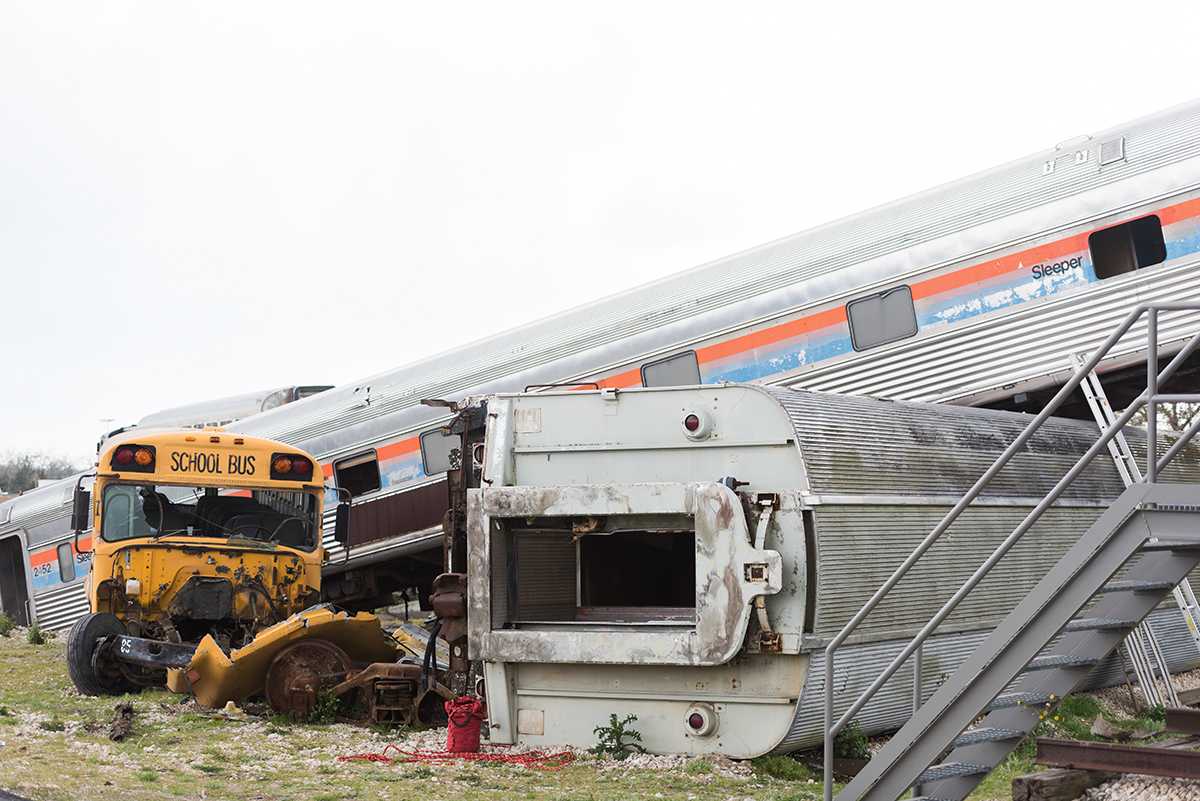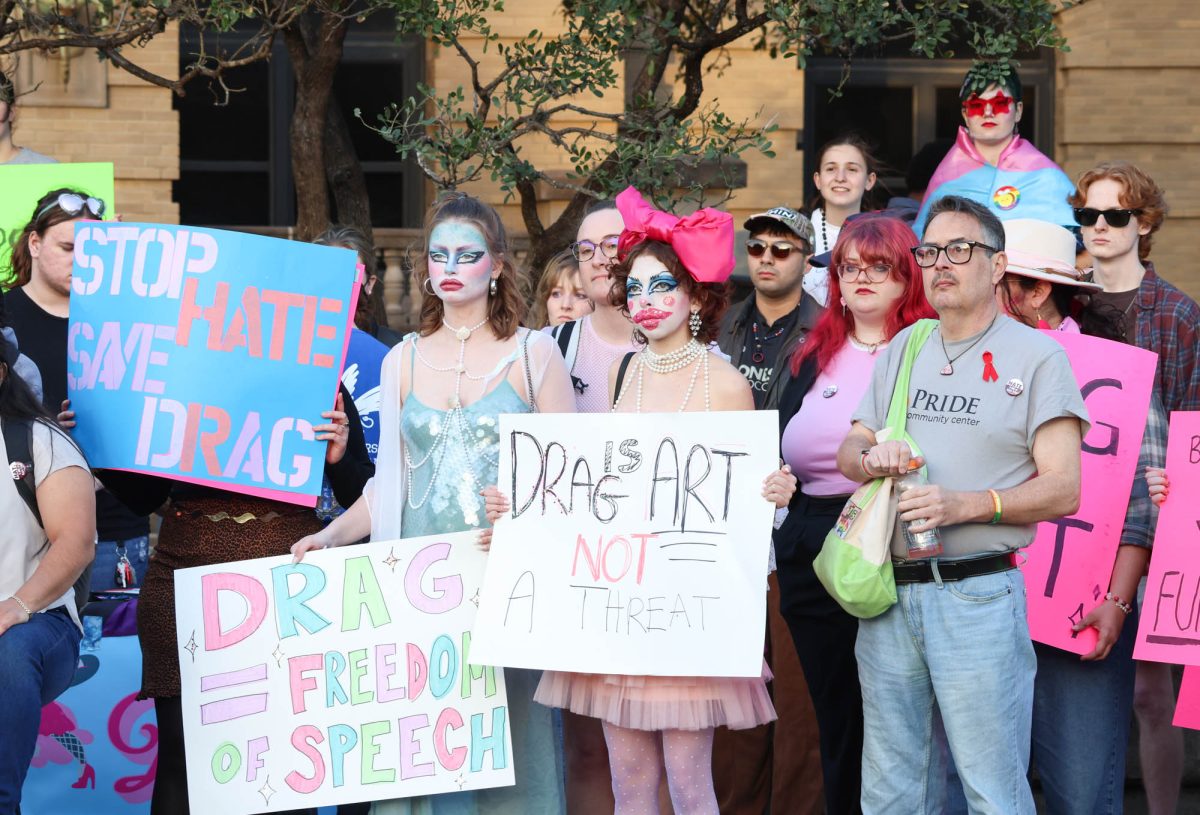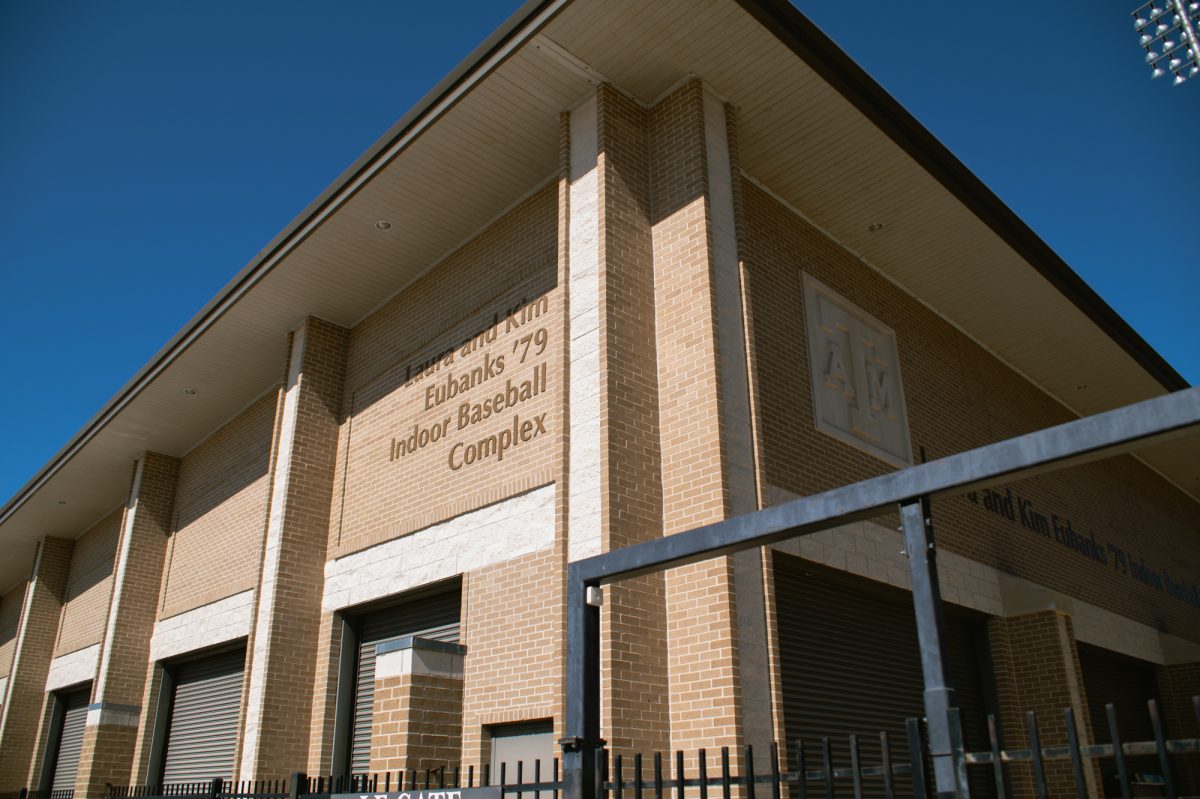Effective response during and in the aftermath of natural disasters requires training, and a facility at A&M is equipped to train first responders in a variety of scenarios. One such readiness exercise is scheduled for this weekend.
Texas Task Force 1 and Utah Task Force 1 will participate in an operation-readiness exercise this weekend, allowing first responders throughout the state to gain experience in disaster response. This year’s scenario involves search-and-rescue operations and decontamination processes in a contaminated zone.
This training benefits first responders in Utah and Texas Task Force 1 by putting them in realistic scenarios to utilize what they know, said William Welch, communications manager for Texas A&M Engineering Extension Service, TEEX. The training takes place at Disaster City, a 52-acre facility that was established in 1998 in direct response to the Oklahoma City Bombing.
This weekend’s scenario involves volunteer “victims” being rescued from any number of destroyed buildings in Disaster City, said Brian Smith, training manager at TEEX.
“Our training site is going to look like the set of an action movie with responders everywhere and partially destroyed buildings, and a full-size train, seven-car Amtrak train wreck,” Smith said.
The training exercise is required by Federal Emergency Management Agency teams throughout the country to maintain their readiness status, Welch said.
“Each team has to go through these annual exercises,” Welch said. “It enables [Texas Task Force 1] to continue to be certified as one of the 28 FEMA-recognized search and rescue teams in the country.”
First responders are challenged to utilize prior knowledge and experience in their jobs to handle a situation that may be new to some, Welch said.
“These [first responders] aren’t learning anything new in this event,” Welch said. “This is an experiential event for them, and it allows them to be better perform when disasters do occur by providing a realistic environment — the better we can provide that, the better they will be prepared.”
While the first responders are accounted for, TEEX is still taking volunteers to play victims.
Smith said there is still a huge need for volunteers on Saturday afternoon.
“Volunteers will be given injury cards that describe how they are to react and interact with the responders — this year’s exercise is to measure our effectiveness of searching and rescuing large quantities of people over a large area,” Smith said.
Welch said volunteers play a large part in Disaster City, attending the event each year to serve as victims or bystanders in the disaster-struck area.
“The Volunteer Victim Program is helpful for a number of different trainings and exercises like this one,” Welch said. “It enables us to create a realistic environment for our first responders and gives that realistic experience, having to help injured people in these disaster areas.”
Volunteers are welcome from all areas and play all different roles within the event, no matter whether it’s their first time and one of many visits, Welch said.
“Our volunteers come from all across the state and in the community,” Welch said. “Many are students or families, some new for the first time and others who can better provide a realistic display for the first responders.”
Due to the timeline of the event, Welch said volunteers are still needed to fill slots throughout the training exercise.
“These are 24-hour operations that go on with this exercise,” Welch said. “There are shifts we need more volunteers for, especially Saturday afternoon and evening, but also for the entire weekend.”
Although the disaster scenario gears more toward the first responders, it is important for the volunteers and the community to understand the lessons they can take away from this event, Welch said.
“We hope that the volunteers that come out have a better understanding of what search and rescue operations does,” Welch said. “More importantly, we hope that it encourages volunteers to be better prepared on a personal level for events that may happen. We hope they will see they need to have things like a disaster kit or supplies and make those plans.”










